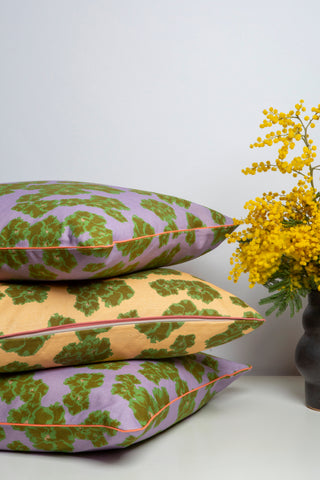The Maasai tribe is arguably the most recognisable collective on the planet. Characterised by traditions and values that date back decades and distinguished by eye-catching clothing and ornate jewellery, the Maasai have occupied swathes of land in Kenya and the Great Rift Valley for centuries. The appearance of Maasai women, particularly their decorative, unique jewellery, is a subject of great interest and intrigue, and modern designers often use influences from Maasai culture to create a modern take on ancient styles.
Maasai women
Maasai men and women have distinguished roles within the community, and males take on different jobs from females from a very early age. Maasai women are largely responsible for home-making, raising children, preparing food and tending to cattle. Maasai women wear bright, traditional dress, which is adorned with coloured jewellery. As a Maasai woman, jewellery-making and Maasai necklace craft is a skill that is integral to growth and development, and females learn to make Maasai necklaces and handmade crafts at an early age.
The story of Maasai jewellery
When you see images of Maasai tribes, one of the most striking traits is the intricate, unique beaded jewellery on display. The Maasai people have an incredibly strong identity and jewellery, especially necklaces, play a crucial role in creating and preserving the identity of the tribe. Maasai jewellery is not just designed to make a visual impact. It also serves a cultural purpose. You can learn a lot about an individual based on looking closely at the necklaces they wear, most notably, the colours of the beads.
In the past, women relied on natural materials, including bone, wood and clay to craft handmade jewellery, but as time has passed, access to new materials has contributed to more diverse designs. Metals, including copper and brass became more commonplace, and glass beads have been used since the end of the 19th century.
Beaded jewellery is symbolic within Maasai culture, and different beads are used to tell individual stories. The colours of the beads are selected not only for their aesthetic appeal, but also to provide information. The main colours used in Maasai necklaces include:
- Red: a symbol of unity, strength and bravery
- Blue: a sign of energy, which also represents the sky
- Green: a symbol of health, which also represents the land
- Yellow and orange: signs of hospitality
- White: a symbol of purity and peace
- Black: a sign of the people
How is Maasai jewellery made?
Maasai girls are taught jewellery-making techniques by their mothers and other female relatives from an early age. Using age-old threading and weaving techniques, the beads are joined together to form pieces that document the individual tale of the tribe member. From a Maasai necklace, it is possible to determine the wearer’s age, whether they are married and whether they have children. Men and women wear jewellery, but jewellery is only ever made by females. Before marriage, girls tend to wear large disc-shaped necklaces. On the wedding day, women wear a large, elaborate necklace, which can stretch down to the knees.
A modern take on Maasai Jewellery
The Sidai jewellery collection represents a contemporary interpretation of ancient jewellery making techniques employed by Maasai tribes in Kenya and Tanzania. The designers work with Maasai people as part of a women’s cooperative to create modern pieces, which pay homage to the bright and beautiful traditional designs.
Maasai people are instantly recognisable and this is largely due to the bold, eye-catching jewellery they wear. Creating using ancient techniques, these stunning pieces play a vital role in creating and celebrating the Maasai identity.

